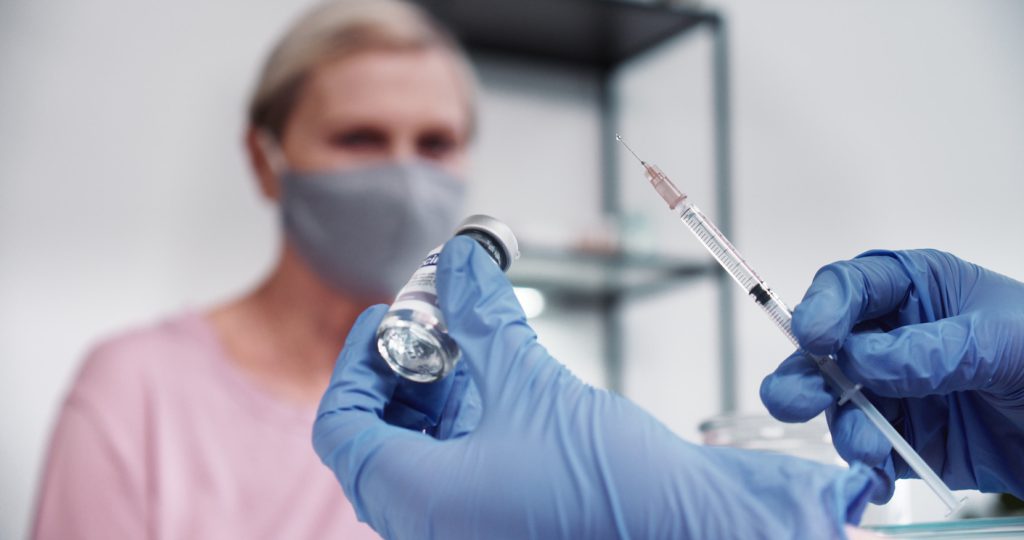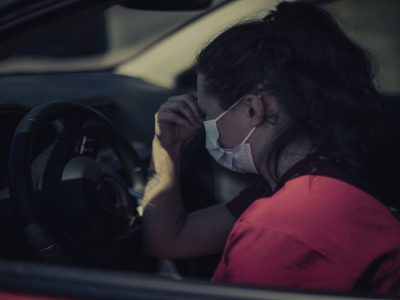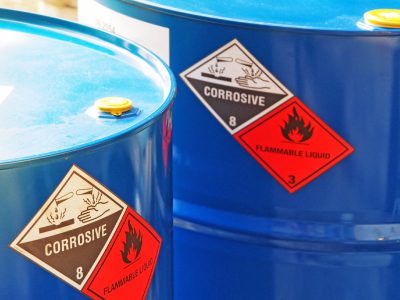Any virus or bacteria that causes a disease in human blood or the body is called a pathogen. Bloodborne pathogens are blood-related diseases that infected human blood through any means includes needles, unprotected surgeries, intimidating actions and much more.
Types of Bloodborne Pathogens
Bloodborne pathogens are a group of transmittable diseases that infected human blood. There are almost 26 types of bloodborne pathogens that exist, and the most common types are Human immunodeficiency virus (HIV), hepatitis B virus (HBV), and hepatitis C virus (HCV).

How Bloodborne Pathogen Infected Human
It can transmit to people by blood or other bodily fluids. It comprises high-risk sexual behaviour and drug use. They can infect open wounds, eyes, nose, and mouth. We need to know that it can affect the foetus (amniotic fluid) and the nursing newborn. Any fluid that contains infected blood can contaminate by syphilis.
Ways Of Bloodborne Pathogens Spreading
How do bloodborne pathogens spread? The main thing to remember is that it can affect anyone, and the only way to prevent it is through protection. Treat all blood as infectious. The most common targets can be doctors and laboratory scientists with the cleaning staff in hospitals. We have to remember that disease cannot spread by eating on the same plate using cloths or shaking hands. But one person shares a glass of water with the bloodborne pathogens infected person, so there is a high risk of him getting the infection through the saliva in a glass of a patient.
Protection From Bloodborne Pathogens
The primary protection items include gloves, gowns, face masks, or face shields and vaccination of available disease. The Occupational Safety and Health Administration (OSHA) prescribes five rules that require a healthcare facility to follow to reduce the risk of employee exposure to bloodborne pathogens: they are, written exposure control plan, engineering controls (Sharps containers, detachable and retractable needles, syringe caps, etc.), safe work practices and safety devices, Hepatitis B vaccine available to employees, education and post-exposure follow up and last Bloodborne Pathogens Training Program.
To avoid this hazard, every institution dealing with bloodborne diseases must follow OSHA regulations. Personal protective equipment (PPE) includes latex gloves, gowns, face shields, eye protection eyewear, and pocket masks.
All the organizations that deal with bloodborne pathogens in any way make it essential to give free access to the vaccination to their employees. Among major and common diseases HBV vaccine is available, and it is free of any charge. The HIV vaccination is not available.
Personal Care from Bloodborne Pathogen After Infected
In the first step, wash the regions of the body that come into touch with blood or fluid with soap and warm water. Notify the appropriate authority or supervisor and seek emergency medical attention. A doctor will treat you and screen for diseases that require treatment.

Training Program
In the United States, the OSHA Bloodborne Pathogens standard is a federal OSHA regulation (29 CFR 1910.1030) that suggests the rules to protect workers from the disease and provide training and materials to reduce the risk of getting infected.
Online Training Programs
Along with OSHA, OSHA Education School also provides certified training programs for individuals and organizations in simple and affordable ways. Trainees of these programs are healthcare workers, school or daycare staff, janitorial staff, and permanent makeup artists.











